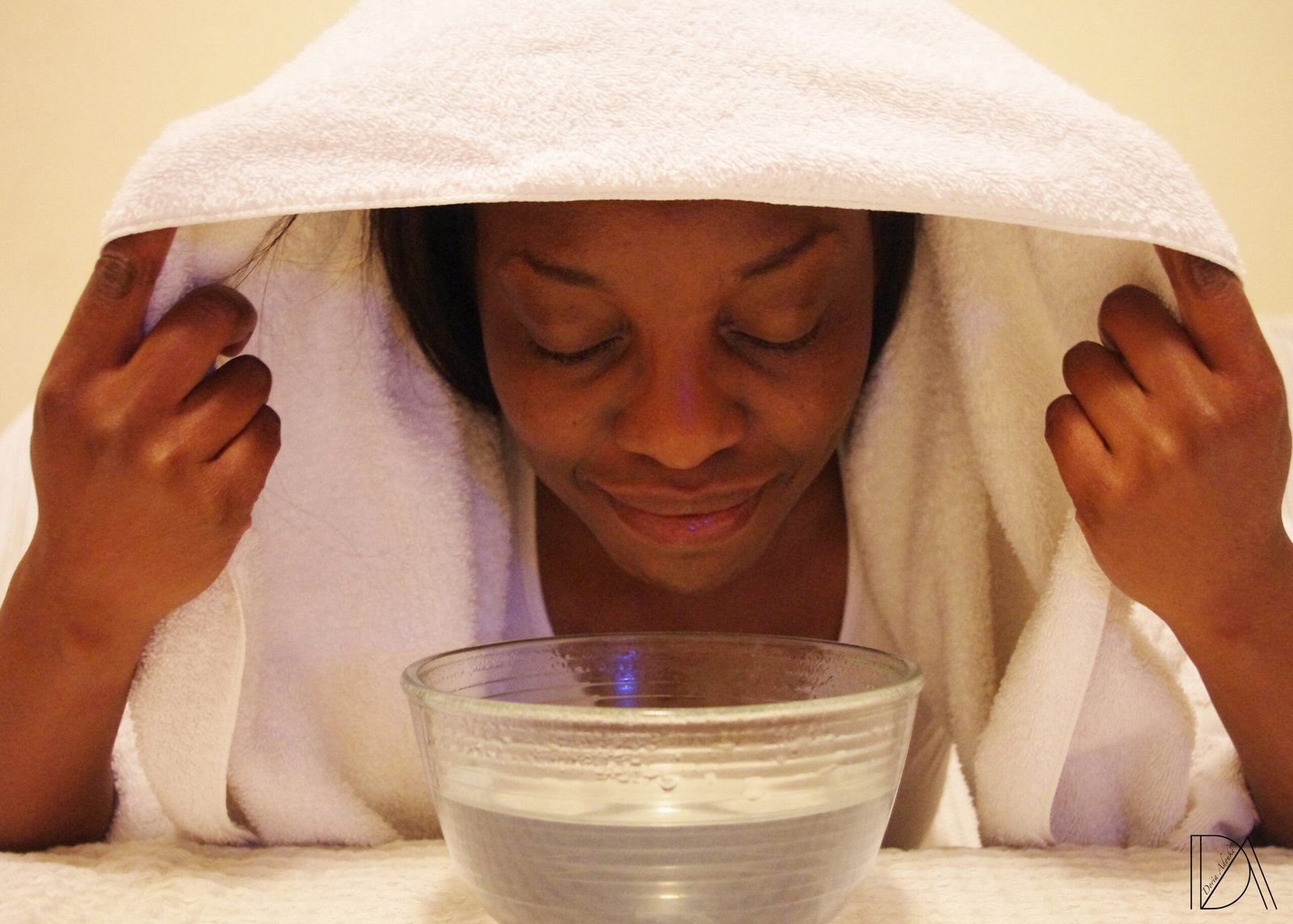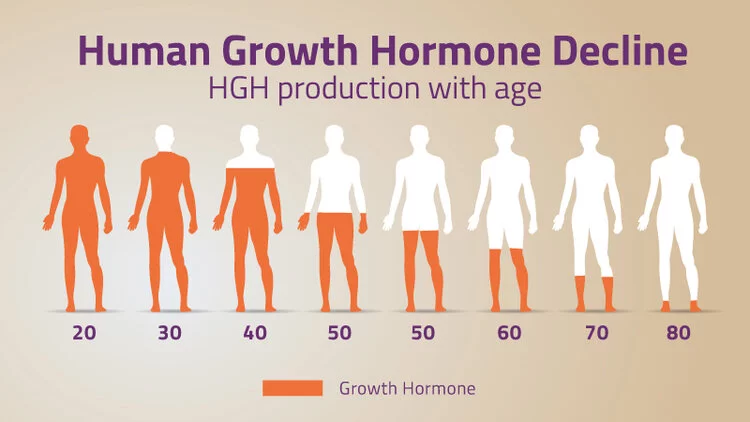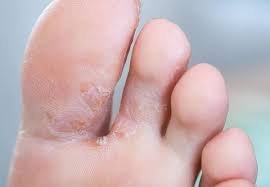Prostate cancer is the most common cancer in men, after skin cancer. It is estimated that about 1 in 9 men will be diagnosed with prostate cancer during their lifetime.
Most prostate cancers grow slowly and do not cause any symptoms. However, some prostate cancers can grow more quickly and spread to other parts of the body.
The best treatment for early prostate cancer depends on a number of factors, including the stage of the cancer, the patient’s age and overall health, and the patient’s preferences.
Types of Treatment for Early Prostate Cancer
There are a number of different types of treatment that can be used to treat early prostate cancer. The type of treatment that is best for you will depend on the stage of your cancer, your age and overall health, and your preferences.
The most common types of treatment for early prostate cancer include:
Active surveillance: This is a type of watchful waiting. Your doctor will monitor your cancer closely to see if it grows or spreads. Active surveillance is a good option for men who are at low risk for their cancer to grow or spread.
Hormone therapy: This type of treatment uses hormones to stop the growth of prostate cancer cells. Hormone therapy is a good option for men who have a high risk for their cancer to grow or spread.
Radiation therapy: This type of treatment uses high-energy beams to kill cancer cells. Radiation therapy is a good option for men who have a high risk for their cancer to grow or spread.
Surgery: This type of treatment involves removing the prostate gland. Surgery is a good option for men who want to be cured of
their cancer.
Risks and Complications of Treatment for Early Prostate Cancer
All types of treatment have risks and complications. Some of the risks and complications of treatment for early prostate cancer include:
Incontinence: This is the loss of control of the bladder. Incontinence is a common side effect of treatment for prostate cancer. It usually improves over time, but some men may have permanent incontinence.
Erectile dysfunction: This is the inability to get or keep an erection. Erectile dysfunction is another common side effect of treatment for prostate cancer. It usually improves over time, but some men may have permanent erectile dysfunction.
Side effects of hormone therapy: Hormone therapy can cause a number of side effects, including hot flashes, fatigue, and loss of muscle mass.
Side effects of radiation therapy: Radiation therapy can cause a number of side effects, including fatigue, skin irritation, and diarrhea.
Side effects of surgery: Surgery can cause a number of side effects, including pain, bleeding, and infection.
Recovery from Treatment for Early Prostate Cancer
The recovery time from treatment for early prostate cancer varies depending on the type of treatment that was received. Most men are able to go home from the hospital a few days after treatment.
It is important to follow your doctor’s instructions carefully after treatment. This will help you to recover as quickly as possible and minimize the risk of complications.
Prognosis for Early Prostate Cancer
The prognosis for early prostate cancer is very good. Most men with early-stage prostate cancer are cured with treatment.
If you have been diagnosed with early prostate cancer, it is important to talk to your doctor about your treatment options. The best treatment for you will depend on your individual circumstances.
Conclusion
The best treatment for early prostate cancer depends on a number of factors, including the stage of the cancer, the patient’s age and overall health, and the patient’s preferences. It is important to talk to your doctor about your treatment options to decide which is the best for you.




